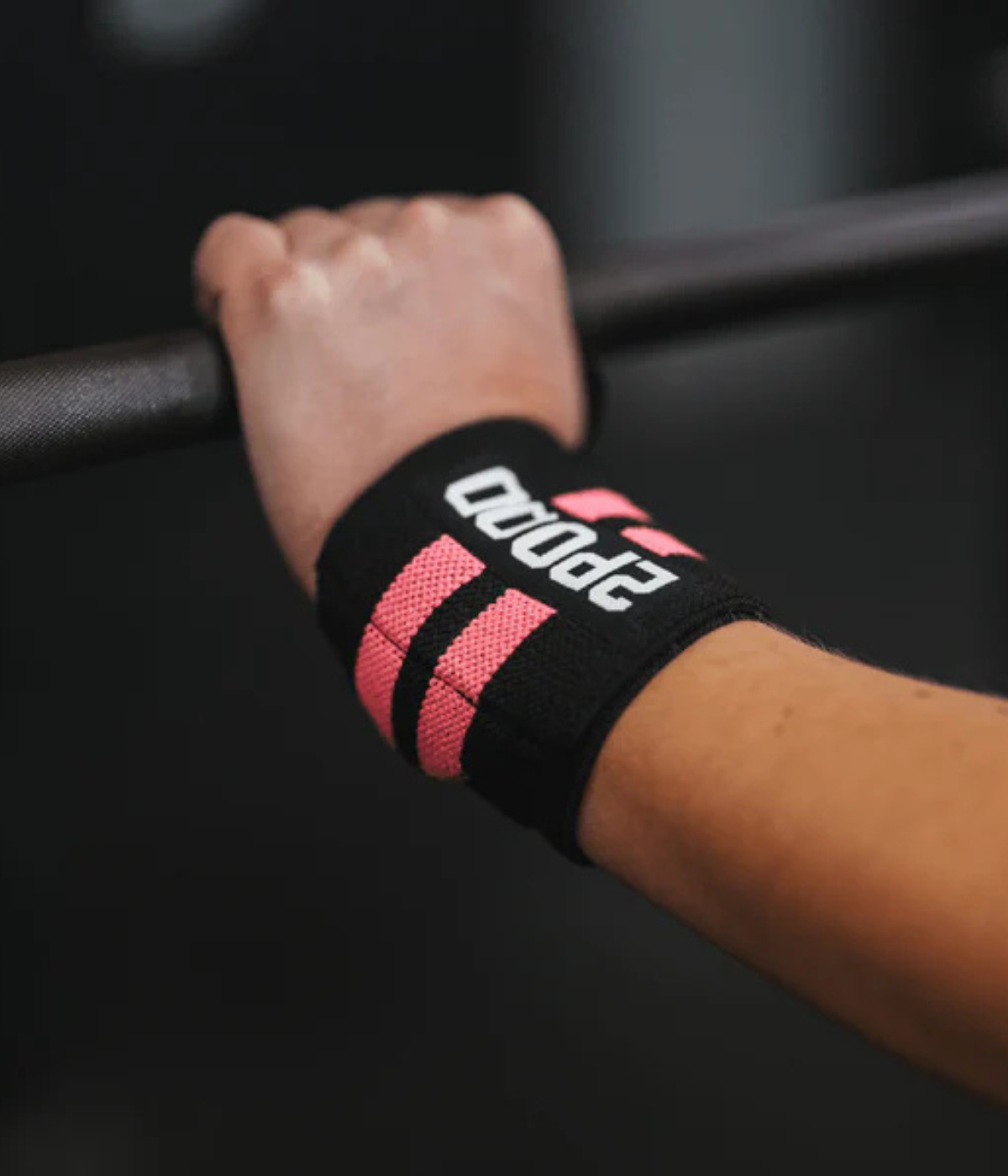Pea proteins, egg proteins, soy proteins, and more: the list of protein powders goes on, each with its own merits and best suited to different goals and preferences. But two proteins, in particular, steal the spotlight: whey and casein. Both are milk-based proteins, and while they share some basic similarities, a few key markers create a definitive chasm between them.
So, what’s the difference? It comes down to absorption rates and bioavailability, both essential considerations when evaluating the best option for your goals.
Understanding Whey Protein
Whey protein, as the name implies, is derived from whey, the watery part of milk left behind when making cheese. The watery substance is incredibly nutrient dense and contains all nine essential amino acids, which are essential building blocks for muscle. Because of this, whey protein is a complete protein that supplies the essential amino acids you need for various bodily functions.
The contents in whey protein make it a go-to pick for athletes, fitness gurus, and bodybuilders with varying goals, from weight gain to muscle building. Our bodies can digest whey in just twenty minutes, absorbing the nutrients into the blood, siphoning them into bodily tissues, and metabolizing them.
The quick uptake of these nutrients helps stimulate muscle protein synthesis, which produces new muscle protein. This is a crucial part of rebuilding and repairing muscle tissues, which break down during exercise for remodeling, adapting, and growth.
There are three types of whey protein powder: concentrate, isolate, and hydrolysate. The first of the trio is the least processed and contains more lactose, making it harsher on the digestive systems of people with lactose sensitivities.
Isolate whey protein is more processed and pure than concentrate, often containing less lactose. The last type, hydrolysate protein, is partially broken down, so it’s easier for the body to absorb.
Best Time to Take Whey Protein
Whey protein is versatile due to its rapid absorption time, so you can take it before, during, or after workouts. Your body will work through it quickly and fuel your muscles before, during, or after your session.
Casein Protein: The Details
Like whey protein, casein protein is derived from milk. It makes up about 80% of the protein in dairy milk, including that from cows, goats, and sheep. While whey is the liquid portion of milk and curds, casein is the solid part.
Casein protein contains all nine essential amino acids, so it’s a complete protein. It offers a high nutritional value and is often used as a dietary supplement for various purposes, from building muscle to weight loss, as a high-protein diet can help with feelings of fullness and satiety.
The body requires more time to produce casein protein than whey, as amino acid levels in the body remain elevated for around four to five hours after consuming it. When you consume casein protein, it forms curds in your stomach when exposed to stomach acids. This slows digestion and absorption, resulting in an extended, steady release of amino acids.
Casein appears in two different forms in casein supplements: micellar and sodium, potassium, or calcium caseinates. The former is milk’s natural casein form, which takes longer to digest. The latter is more rapidly digested.
Best Time to Take Casein Protein
Since casein protein takes longer to digest and absorb, it’s ideal for fasting situations. For example, you might take it before bed, as your body will have plenty of time to work through it as you sleep. Consuming it before bed can promote muscle growth and recovery as you sleep.
So, What’s the Difference?
Although whey and casein proteins are both derived from milk, are highly nutrient-dense, and contain all nine essential amino acids, they’re not the same. Casein comes from the solid part of cheesemaking, while whey is the liquid portion. Aside from that, a few significant differences separate the two, including their ideal application and absorption rate.
Ideal for Different Scenarios
Given the nature of each type of protein, each is best suited to specific scenarios. For example, while whey protein is excellent for building muscle and boosting energy for your workouts, casein protein is ideal for growth and recovery while you sleep.
Part of the reason behind whey’s superiority for muscle building stems from its higher content of branched-chain amino acids (BCAAs), including leucine, isoleucine, and valine. Leucine helps kick-start the process of building muscle, giving whey an edge over casein.
Absorption Rates
The difference in absorption rates is one of the most important things separating whey from casein. While your body can process whey protein quickly, it needs more time to process casein protein because it forms curds upon contact with your stomach acids.
This plays a vital role in how and when you take each type of protein, as these factors can help or hinder your fitness goals.
Casein or Whey: Which is Better?
The best protein option for your diet hinges on your specific goals, as both whey and casein have benefits.
For example, casein protein might be your best bet if you're trying to lose weight. If you take it in the morning, you may feel fuller longer, as your body takes longer to absorb the nutrients from casein. This may help curb cravings and make you feel satiated between meals.
On the other hand, if your goal is to put on muscle mass, whey protein might be best suited to your needs. Since whey protein contains more leucine, the amino acid that kick-starts muscle growth, than casein protein, it’s ideal for building muscle.
Ultimately, the best option will depend on your unique goals. As always, it’s best to discuss your fitness goals with your physician or dietician for personalized advice on which is best for your needs.

















Leave a comment
All comments are moderated before being published.
This site is protected by hCaptcha and the hCaptcha Privacy Policy and Terms of Service apply.